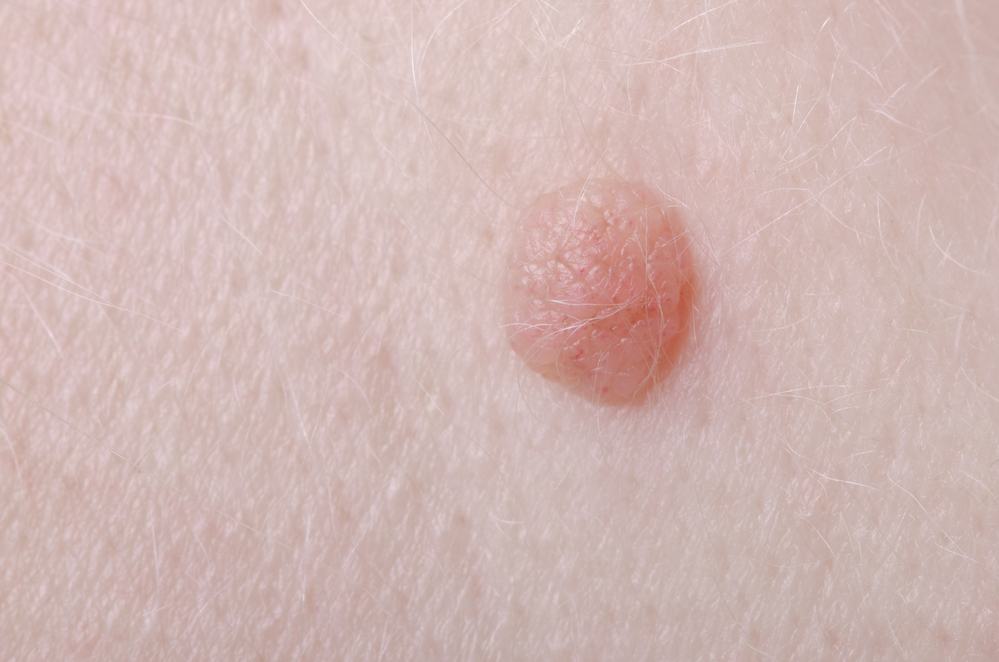Many of us are eager to get outdoors and enjoy a day, or two, in the sun. Vitamin D is soaked into our skin, providing many nutrients, but without proper protection, our skin is also exposed to harmful ultraviolet rays. At Premier Dermatology and Mohs Surgery of Atlanta in Alpharetta, GA, we are here to help treat those unwanted and potentially harmful spots. Our photodynamic therapy offers you a safe and non-invasive treatment option to get rid of the damaged skin.
What Is Photodynamic Therapy Used For? 5 Keys to Understanding the Process
1. Understanding Photodynamic Therapy
Photodynamic therapy is commonly used to treat actinic keratosis. These are pre-cancerous growths on the skin that have the potential to develop into harmful skin cancers. Photodynamic therapy is the use of light activation through a photosensitizing topical pharmaceutical that replaces the precancerous cells or diseased tissue with healthy tissue. This treatment aims to eliminate potentially harmful precancerous cells.
2. Understanding Actinic Keratosis
Actinic keratoses usually appear on the face, ears, lips, scalp, neck, chest, hands, and the back of arms. When they first become visible, they can be as thick, scaly, or even crusty bumps. Their color varies but can also come in shades of white, brown, pink, red, and sometimes even be the same color as the surrounding skin. They are generally small, but they do tend to grow if not treated.
If left untreated, actinic keratosis increases your risk of developing cancer. The area of skin impacted might itch or burn, and the surface might feel rough or gritty when touched. If you believe you may have actinic keratoses, it is best to have them examined by a board-certified dermatologist.
3. Understanding the Treatment Process
Before treatment can begin, a diagnosis of actinic keratosis must be made first, after which you and our dermatologist will discuss your specific treatment plan. When you begin receiving treatments, you can expect each session to last 15 minutes or so.
Before your treatment can begin, aminolevulinic acid (ALA)/Levulan will be applied directly to the diseased tissue. This will happen several hours before treatment actually takes place to ensure the area becomes sensitive to light. During the treatment process, you will be laying down or sitting for the duration in an examination chair. The blue light will be positioned over the affected area until the session is complete.
4. Understanding the Benefits of Receiving Treatment
Though the main purpose of photodynamic therapy is to treat actinic keratosis, there are other benefits that come with having treatment performed. If you are considering receiving this treatment for actinic keratosis or another reason, here are some benefits you should keep in mind that elevate this therapy above others:
Takes Less Time to See Results
This therapy may only require one session, while many other forms require multiple sessions over the course of a few weeks until results are seen.
Has a Short Recovery Time
Since this method of treatment is focused on a specific area of skin, the recovery time is much shorter than those of other forms of treatment. Having the ability to cover up areas that may need shielding from the sun or heat is all it really takes to jump back into everyday life.
It Is Extremely Targeted
This is one of the biggest advantages to have photodynamic therapy compared to other forms of treatment. Since the topical cream is necessary to activate the treatment, it helps to protect other areas of skin from light sensitivity.
It Is Comprehensive and Safe
Compared to other forms of treatment, this therapy offers a safer, less-invasive alternative to ridding your skin of precancerous cells. This reduces excessive scarring, as this treatment is aimed to restore healthy cells to the areas instead of just eliminating the bad.
There Are Other Cosmetic Benefits
Cosmetic benefits have been reported from having this treatment done. Along with the elimination of precancerous cells and diseased tissues, the overall complexion of skin will usually improve, resulting in blemish-free skin.
5. Understanding What to Expect After Treatment
After your treatment session, you will notice visible changes to your skin. It may take the area a few weeks before it shows results entirely. Though results may vary for each patient, here are some things you may expect after you receive treatment:
Sensitivity to Light
Since the skin has just received a topical cream that activates the light therapy, many patients have experienced sensitivity to light. Limited exposure to the heat and sun following treatment can assist in recovery.
Temporary Changes to the Skin
This is to be expected since this is the main purpose of this treatment, but be aware that your skin will look different for a while. Allowing your skin time to process the treatment is important. After a few weeks, the skin will be rejuvenated.
Follow-Up Appointment
To make sure your treatment sessions have been successful, you will have a follow-up appointment 8 weeks after your initial treatment. Your physician will examine the area and determine the next steps. Though most patients only require one session, further treatments may be necessary depending on how large the treated area is.
Schedule Your Initial Consultation Today!
Photodynamic therapy eliminates actinic keratosis on the skin that may put you at risk for developing cancer. If you are ready to get rid of actinic keratosis, contact us at Premier Dermatology and Mohs Surgery of Atlanta in Alpharetta, GA to book your appointment today! We are here to help you in your journey and answer any questions you may have. We look forward to hearing from you.


